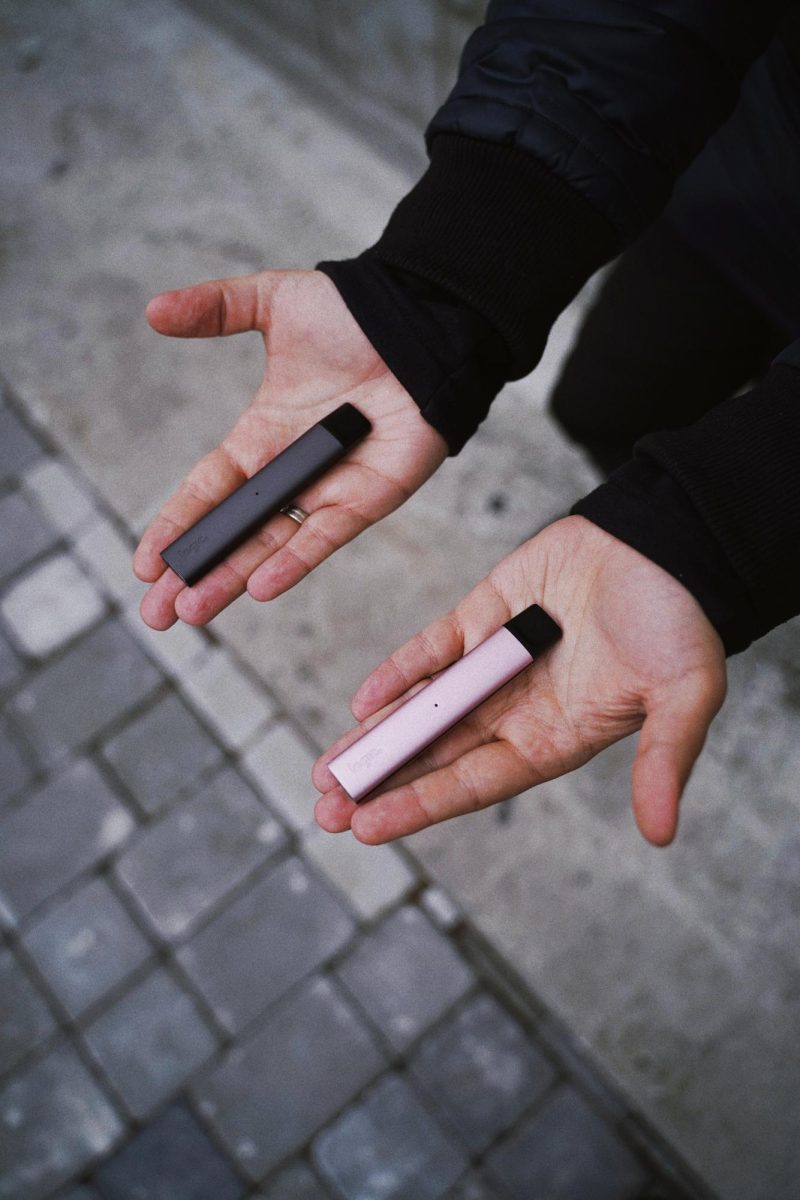Editor’s Note: This is another essay by a student in ESL 103 taught by Mimi Pollack about customs in the student’s native country.
GROSSMONT COLLEGE — I think it is impossible to know which country invented the steam bath. Steam baths are well-known in many countries, such as Finland, Germany, Turkey, and Korea, but only in Russia, steam bathing or “banya” became a tradition and really such a subject of national pride. Today the Russian banya has accumulated century long skills and traditions of the Russian people. All rules and rituals are very important and must be followed by the people who use the banya.
There have always been both private and public banyas in Russia. At home, in private banyas, men go first when the steam is very hot, and women go next because they usually help the children. In public banyas, there are separate sections for men and women. According to Russian tradition, people who go to the banyas, either private or public, enter the steam room naked. When I was young, I never questioned this tradition, because it was a part of our life, and after all, banyas were fun.
Banyas have three separate compartments including the rooms for resting, the washing room, and the steam room. In the first room you take off all your clothes and leave them in lockers. Here people relax, drink tea or water, and spend time with their familes before going to the steam room.
In the second room people wash. It has tubs for water, and here people can use soap and shampoo. The washing room is not hot like the steam room.
The “parilka” or steam room is usually a small room with wooden benches and wooden floors. The benches rise from the bottom to the top. A stove is heated by burning wood (or gas), and has a stone top. The temperature in the steam room is about 80-90 degrees Celsius, and can be dry or wet. When the level of humidity in the air is higher, the less comfortable the steam is.
During a session, people often will go to the steam room several times, for five to ten minutes. After sweating in the parilka, many Russian people like to take a cold shower or dive in a cold swimming pool. This can be done as many times as they like. First, we go in the “parilka,” then for the benefit of the body, we go in the cold water or even snow!
To go to the banya, there are some things that you will need. When people go to the banya steam room, they must wear a hat to keep the head covered and protected from heat. The hat should not be too tight nor should it cover the tips of the ears.
People should also take with them a “venik,” which is made from twigs and leaves of the birch or oak. The venik is used as a device for improving the body’s circulation. Sometimes people hit themselves with the venik , but most of the time people bring someone to the banya with them to help. The venik should be made in the spring, when the branches are fresh. The men of the family usually make the venik or you can buy them..
People also use a sheet or towel to lie on the benches, so the surface is not too hot.
When I was young and lived with my grandmother, once a week we attended public banyas. Being in the “parilka” was difficult because every time grandmother had me linger longer than I could tolerate. She made me remove all dirt from the body, so that the heat could open my pores, and to have better circulation.
When grandmother felt we had been in the steam long enough, we went back to the second room, which had a long stone bench and small tubs. It had a station to shower and to collect water. She usually put some water in the tub and let me sit inside and play with my bath toys. At the same time, she washed herself and after that it was my turn.
It was the most difficult to tolerate when she washed my hair. I was never able to close my eyes tight and soap irritated my eyes and made me cry. My grandmother loved me and she always tried to make this faster and less problematic for me. After the cleaning was done, she liked to pour water from the tub on me. “Water goes from the geese, like sickness from Irina,” she used to say. It meant she wished me good health. I prefer the private banya because I enjoy spending time in the room with the rest of my family after we are all clean and relaxed.
In conclusion, the banya is a great Russian tradition. The Russian people have pride in the banya, and it is important in the culture and life of many people. Most people use the banya every week to be clean and healthy. This is a tradition which I grew up with and is a part of life in Russia that I miss. Taking a shower every day can not make people clean like the Russian banya!


















